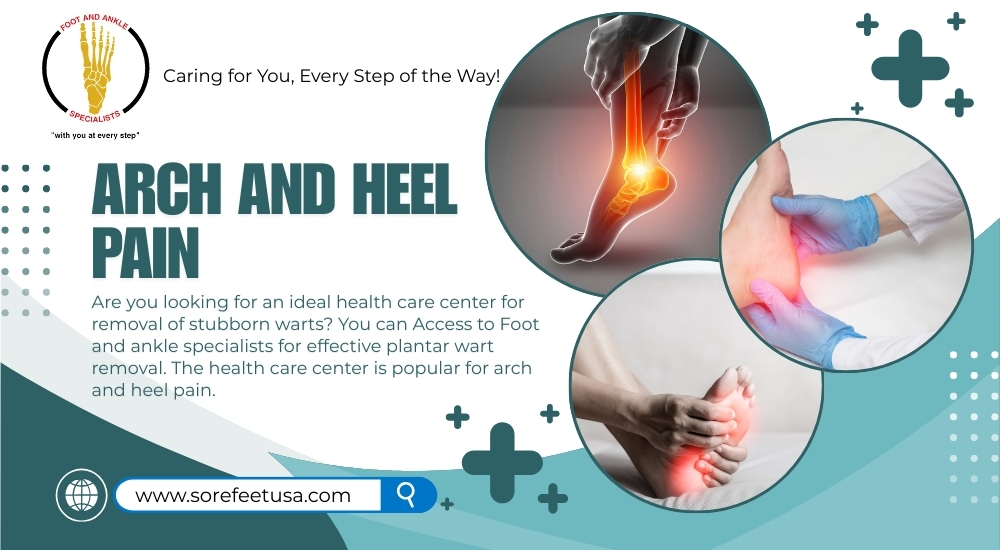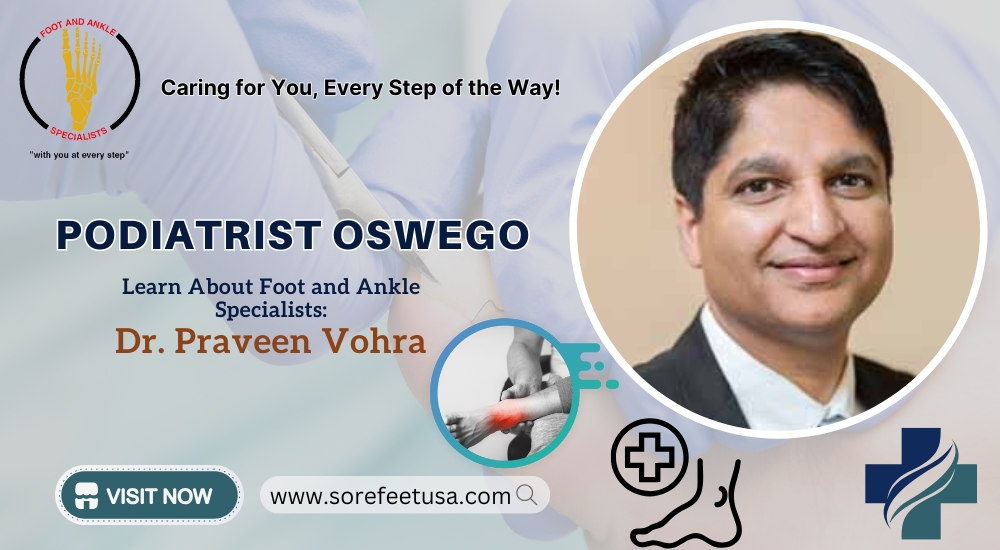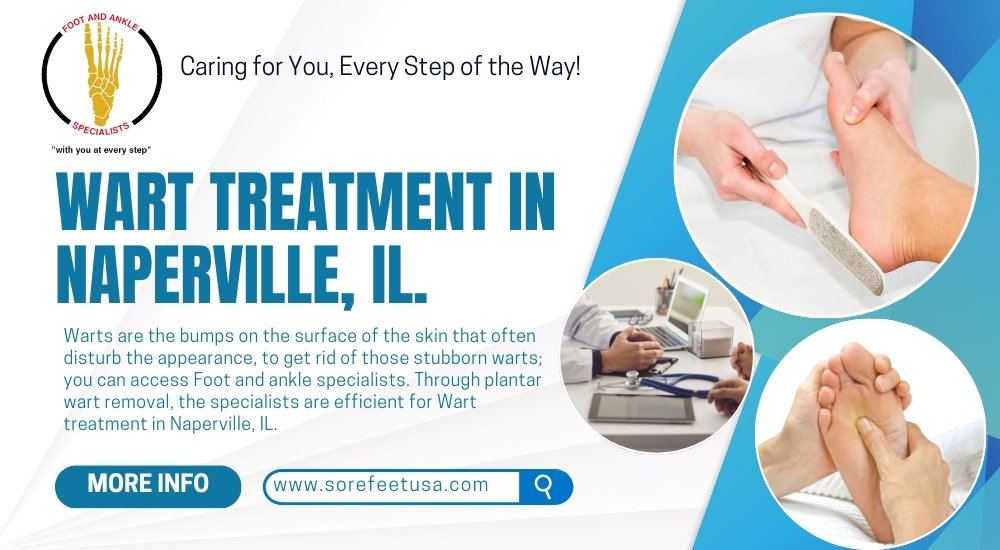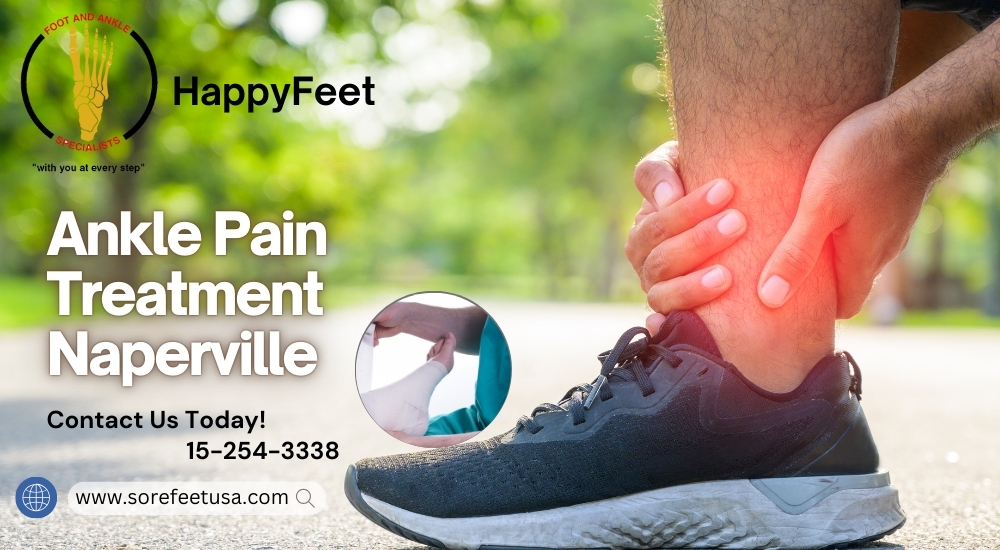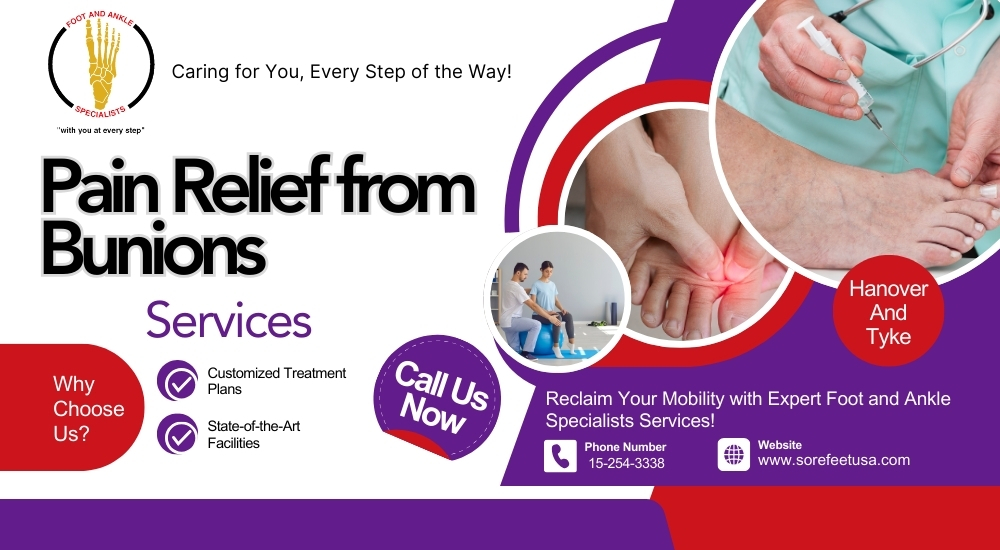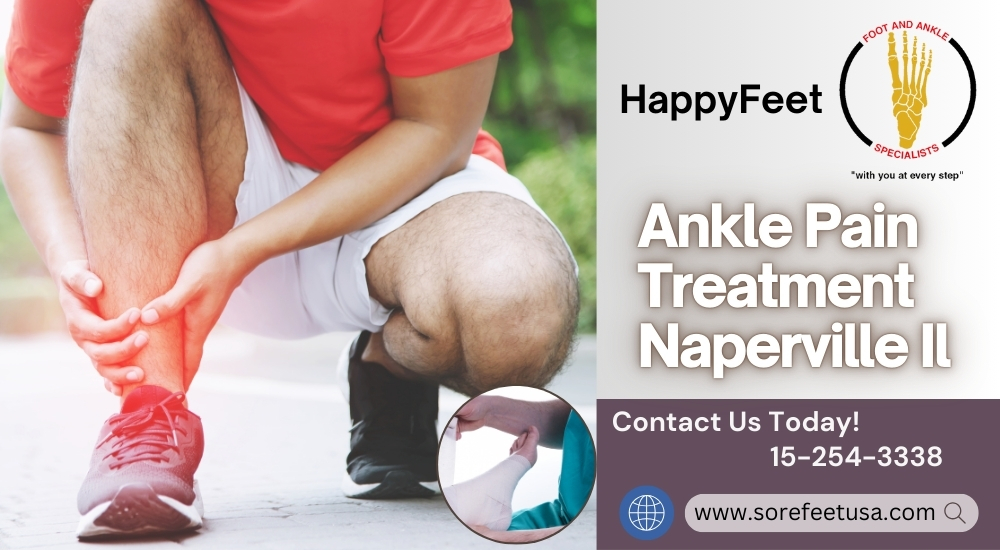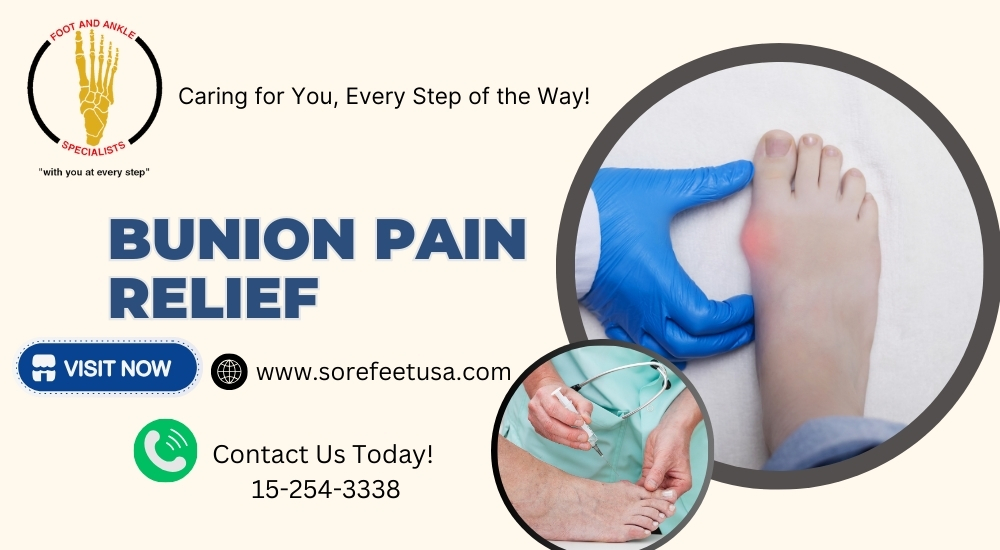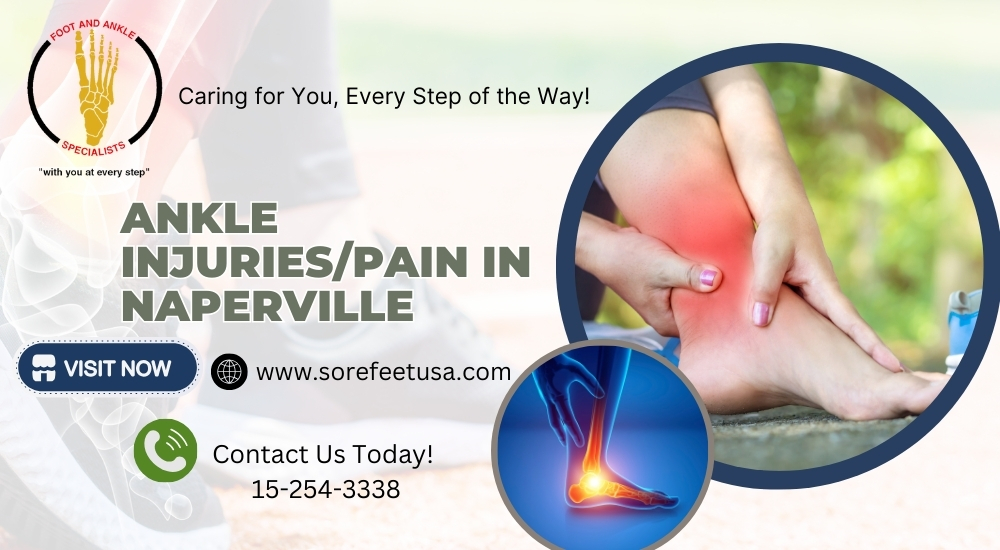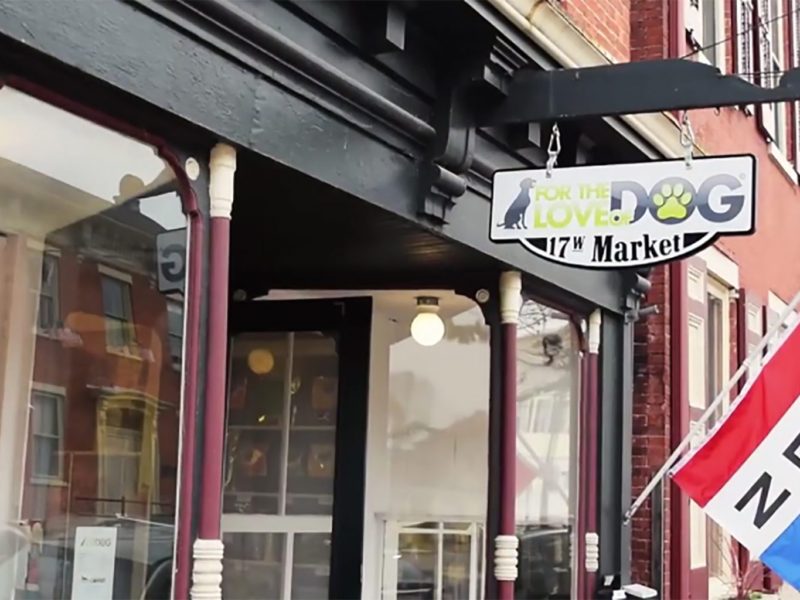Bunions, a common foot ailment, can be both painful and unsightly, impacting daily activities and overall well-being. While surgery is often considered the last resort, modern podiatry offers a range of effective non-surgical Treatments For Bunions.
In Plainfield, a dedicated podiatrist provides innovative solutions, ensuring relief without the need for invasive procedures. Let’s explore these non-surgical approaches that blend comfort, effectiveness, and the expertise of a skilled Plainfield Podiatrist.
Understanding Bunions: Causes & Symptoms
Before delving into non-surgical Treatments For Bunions, it is crucial to grasp what bunions are. Bunions manifest as bony protrusions forming on the joint at the base of the big toe, typically induced by prolonged pressure on the feet.
This pressure compresses the big toe and directs it toward the second toe, fostering the development of extra bone over time, resulting in potential discomfort. Several factors contribute to the onset of bunions, including extended periods of pressure on the feet, wearing high heels and tight shoes, and conditions that cause joint swelling and pain, such as rheumatoid arthritis.
Although bunions are more prevalent in adult women, they can also affect individuals between the ages of 10 and 15, particularly among teenage girls who are three times more likely than boys to develop bunions. When bunions cause pain, it is imperative to seek treatment.
Even seemingly straightforward solutions, like changing footwear, warrant professional attention from a healthcare provider or podiatrist for an accurate diagnosis. Whether the recommended intervention involves orthotics, padding, exercises, or footwear adjustments, early and tailored management is essential for optimal outcomes.
1.Orthotics & Customized Shoe Inserts:
One of the key non-surgical interventions is the use of orthotics and customized shoe inserts. These devices are designed to alleviate pressure on the bunion, redistributing weight and promoting proper foot alignment. By addressing the root cause of the bunion’s development, orthotics can help slow down its progression and provide significant relief from pain.
2.Padding & Taping Techniques:
A Plainfield Podiatrist may employ specialized padding and taping techniques to reduce friction and pressure on the bunion. This not only eases pain but also prevents further irritation caused by rubbing against shoes. Skilful application of pads and tape helps to protect the bunion and encourages a more natural foot alignment, enhancing overall comfort for the patient.
3.Foot Exercises & Physical Therapy:
Non-surgical Treatments For Bunions often include targeted foot exercises and physical therapy to strengthen the muscles and improve joint mobility. A podiatrist may prescribe specific exercises to enhance the flexibility of the toes and feet, promoting better overall foot function. Physical therapy can be a valuable component, offering a holistic approach to bunion management.
4.Footwear Recommendations:
Choosing the right footwear is paramount in managing bunions. A Plainfield Podiatrist may provide personalized recommendations for shoes that offer proper support and ample space for toes. Avoiding high heels and narrow-toed shoes can significantly reduce the strain on bunions, contributing to improved comfort and mitigating further progression of the condition.
5.Anti-Inflammatory Medications:
To address pain and inflammation associated with bunions, non-surgical treatments may include the use of anti-inflammatory medications. These medications, whether oral or topical, can help manage discomfort and enhance the effectiveness of other conservative measures. A Plainfield Podiatrist may recommend these medications as part of a comprehensive approach to bunion care.
Conclusion
In conclusion, effective non-surgical Treatments For Bunions provided by a podiatrist offer a holistic and patient-centric approach to foot health. By combining orthotics, padding techniques, foot exercises, footwear recommendations, and, when necessary, anti-inflammatory medications, individuals can find relief from bunion-related pain without resorting to surgery.
Seeking early intervention from a knowledgeable Plainfield Podiatrist is key to developing a tailored treatment plan that addresses the specific needs of each patient, ensuring a path to improved foot health and overall well-being. Embracing these non-surgical alternatives exemplifies the commitment to modern, patient-focused podiatric care in the heart of Plainfield.
For more details visit our website



